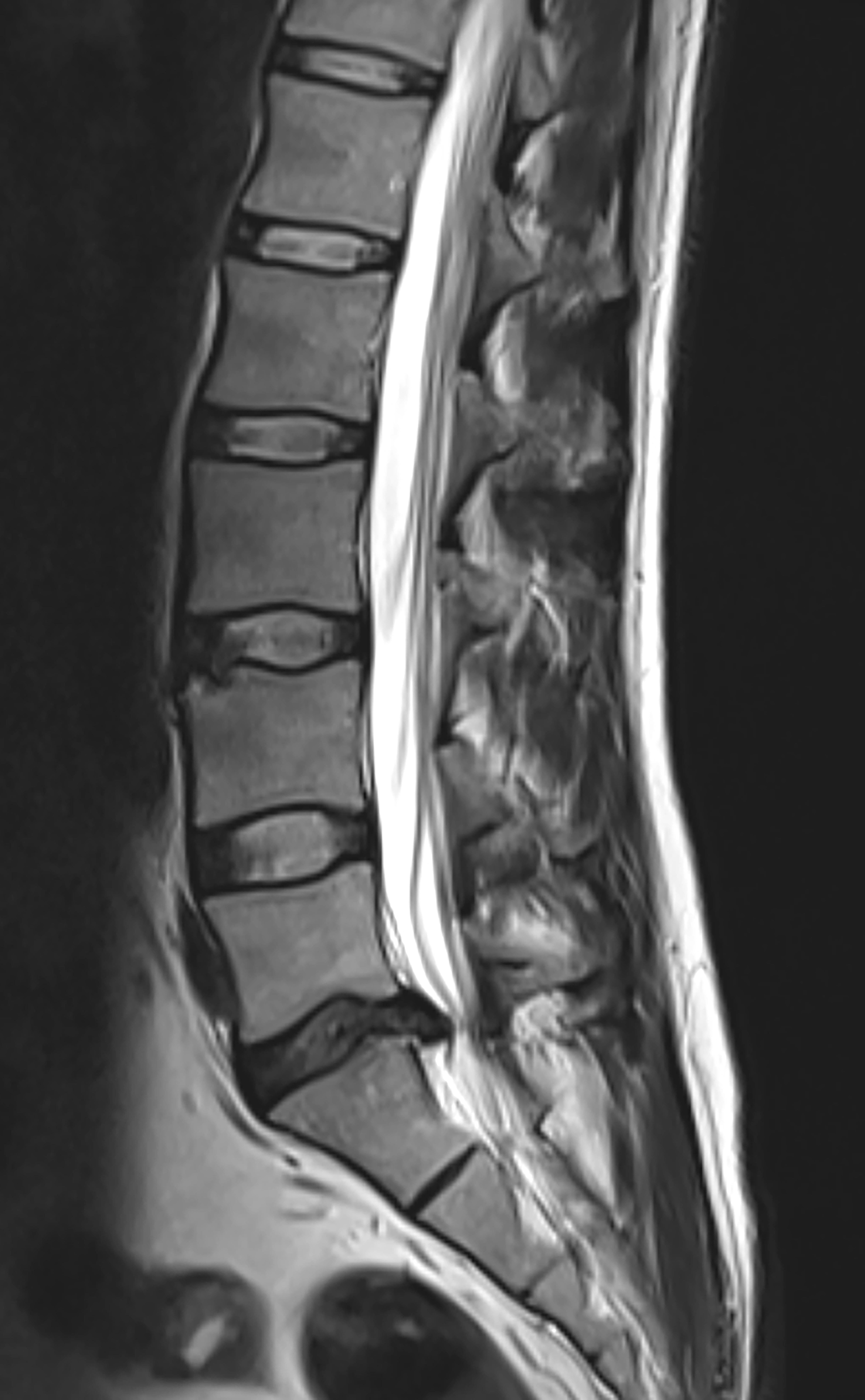

For patients with back or leg pain, the source can usually be traced to nerve pressure, such as a herniated disc in younger patients or arthritic bone spurs in older populations. Traditionally, this would leave them to choose between undergoing extensive surgery to correct the issue or continuing treatments to mitigate the pain indefinitely. At UT Southwestern, patients now have a much less invasive option in endoscopic spine surgery, an outpatient procedure to fix the underlying issue and relieve pain.
While endoscopic surgery for spinal conditions has enjoyed widespread use in Asia and Europe for over a decade, it has only recently gained more traction in medical centers in the United States. Part of this change has been driven by patients’ demands for minimally invasive solutions for prevailing issues and shorter recovery times, which endoscopic surgery provides.
UT Southwestern has committed to providing endoscopic procedures to patients by enlisting Andrew Simpson, M.D., as the Chief of Spine Surgery and Director of the Spine Center. As a highly trained expert in this specialized field, Dr. Simpson brings more than a decade's worth of experience performing endoscopic spine surgery to address the most common ailments in patients, including sciatica, spinal stenosis, and herniated discs, with minimal risk.
“In order for you to solve the problem of something pinching a nerve, you need to have a pathway into the body to make some room for the nerve,” says Dr. Simpson. “In the traditional sense, that pathway was a long incision and moving all the muscles aside. Then, minimally invasive surgery evolved and allowed you to use smaller tubular-type retractors and a microscope. Endoscopy is the next iteration of that progression, with an even smaller incision (about a centimeter) and the use of a tiny camera and tools to access and treat common spine problems. The benefit to the patient is a small incision, fast recovery, no hospital stay, less tissue damage, and an even safer spine procedure.”
Surgery for Patients Who Don’t Want Surgery

Even though patients often want quick relief for their pain, many are still reluctant to undergo traditional surgery and the weeks of recovery usually required. For herniated discs, for example, many patients opt for interventional treatments, such as regular steroid injections to relieve inflammation, and continue them indefinitely. Besides having their own side effects and recovery times, these treatments are only a temporary solution, bringing patients back for the same procedure multiple times throughout the year.
With endoscopic spine surgery, patients undergo a procedure that takes about an hour and requires only slightly more recovery than a single injection. According to Dr. Simpson, “When people have nerve compression, they can take pills, do physical therapy, or get steroid injections, but none of those interventions change the underlying anatomic problem. Those are all about treating symptoms. Endoscopic spine surgery is the least disruptive, safest approach that will actually fix the problem, not just mask it.”
The procedure involves making a small incision in a patient’s back where the issue is located and inserting an endoscope, a thin tube with a camera at the end. The surgeon uses this tube as a channel for any instruments needed to treat the problem, while also monitoring the area in real time with the camera. Afterward, the incision can be closed and covered with a small bandage and, because this procedure requires the least amount of tissue damage, patients can see results right away and often only need to take pain medication for a day or two. Patients are usually released the same day to a friend or family member who can take them home – just like with injections. From a patient’s perspective, the only difference between injections and endoscopic surgery is recovering from general anesthesia, which typically takes a few hours.
Leading-Edge Tools and Training

Thanks to advanced camera technology, the high-quality visualization required for endoscopic surgery is now on par with a traditional microscope, but that wasn’t the only barrier to more widespread use in the U.S. Only a handful of companies manufacture the specialized tools required for an endoscopic spine procedure, making the cost to offer these surgeries a steep upfront investment.
Aside from equipment costs, the largest challenge facing wider adoption of endoscopic spine surgery in the United States is the steep learning curve associated with it. Even though the goals of an endoscopic procedure may be the same as a traditional one, trying to accomplish them with a smaller incision on a different platform requires physicians to train and adapt their techniques to a new set of unique instruments.
“If you're used to doing conventional surgery, there's a bit of a learning curve, because you're using your hands differently, holding new things, looking at a camera screen instead of through a microscope or through loupes,” Dr. Simpson says.
This is why UT Southwestern is not only investing in the necessary instruments for these procedures but also in the training and expertise required to use them safely, further reducing risk.
Small Cut, Big Results

Endoscopic spine surgery can’t treat every ailment, but for patients with certain afflictions, it can be a game changer. That’s why UT Southwestern has invested in the tools and expertise needed to bring patients a life-altering option that fills the gap between traditional surgery and nonoperative treatments.
“People are fearful of surgery. This provides that incremental solution where it's more than an injection but not quite like what you would think of as traditional spine surgery,” says Dr. Simpson. “The benefit of endoscopy is that it isn’t much different from interventional procedures like epidurals from the patient’s perspective, but you are actually solving the patient’s underlying problem. It is the kind of solution that spine surgeons would want for themselves.”
